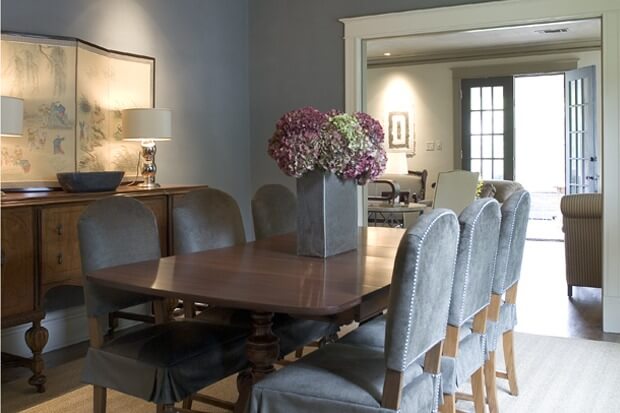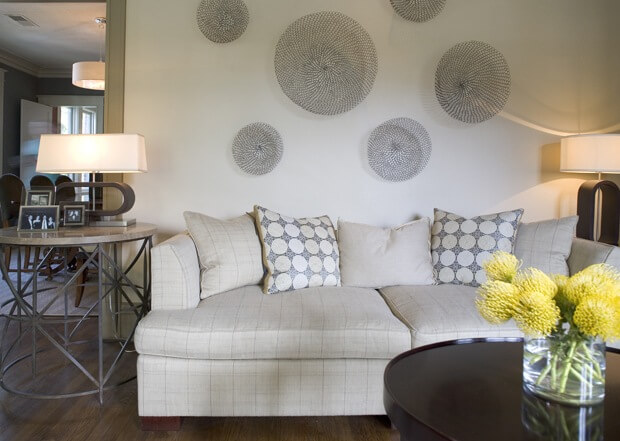An autumn drive through the residential streets of Midtown stirs reflections of Memphis’ past. The Evergreen Historic District, one of the oldest neighborhoods in the Mid-South, is particularly thought provoking. The architectural diversity of this enclave—bungalows, foursquare buildings, duplexes and stately homes—is a setting exemplary of the transitions that have taken place here.
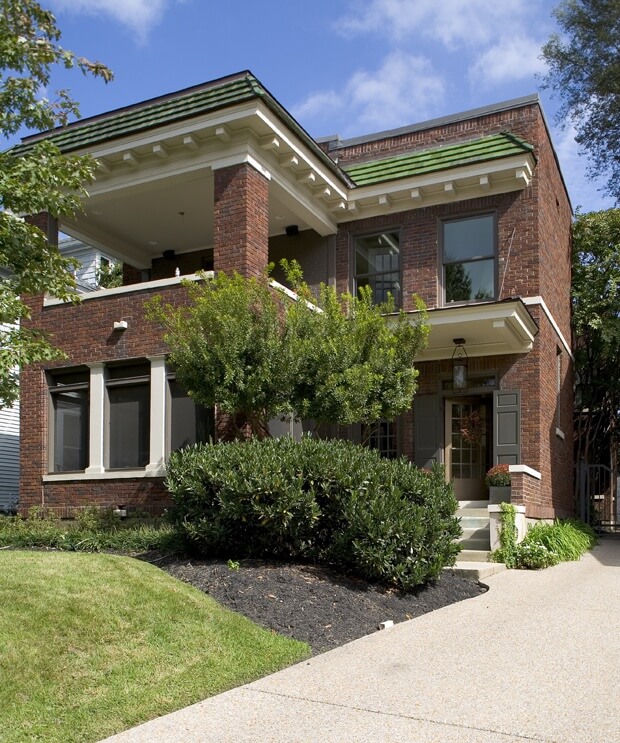
The Evergreen District is listed on the National Register of Historic Places. This area is sometimes called “Stonewall” after one of its most elegant streets. For many years, the Evergreen Historic District Association has tightened the neighborhood’s hold on history and led a defense against urban sprawl.
The Association’s greatest success was the reclaiming of area lots after a 20-year development battle. More than 200 houses in the neighborhood were destroyed during this conflict that went all the way to the United States Supreme Court. The final ruling in 1971 was against a proposed segment of I-40 (Sam Cooper) that would have run through the middle of scenic Overton Park and continued onward to Arkansas. The road was rerouted; Overton Park was saved; and the city was free to purchase and resell the empty lots. While there is a mix of building styles within the Evergreen District, a cohesive effort to maintain architectural balance between old and new homes has been successful.
“Lost time is never found again,” according to Benjamin Franklin. But the home of Jeff Edwards, designer with Carlton Architecture, demonstrates that the past can be tastefully reinterpreted to accommodate the present. His residence is a remodeled 1920s duplex in the Evergreen District.
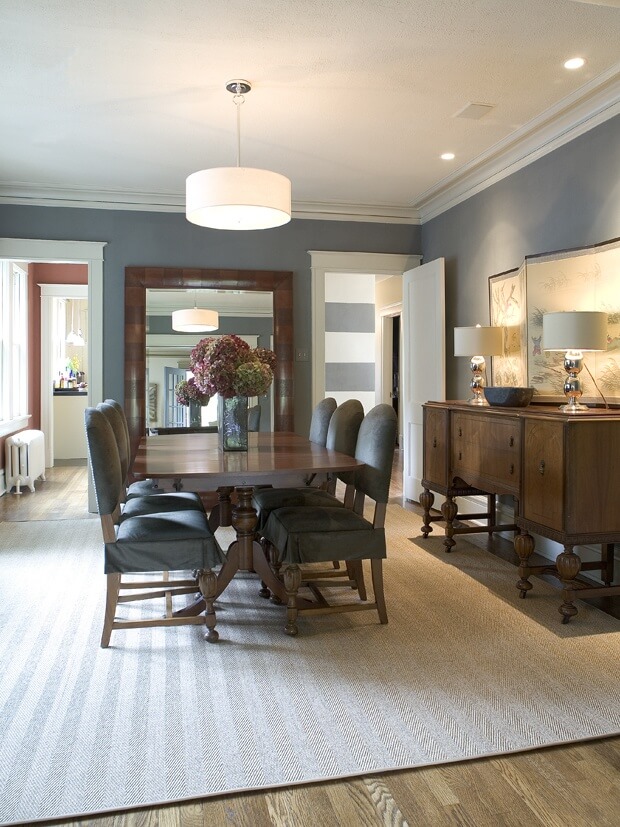

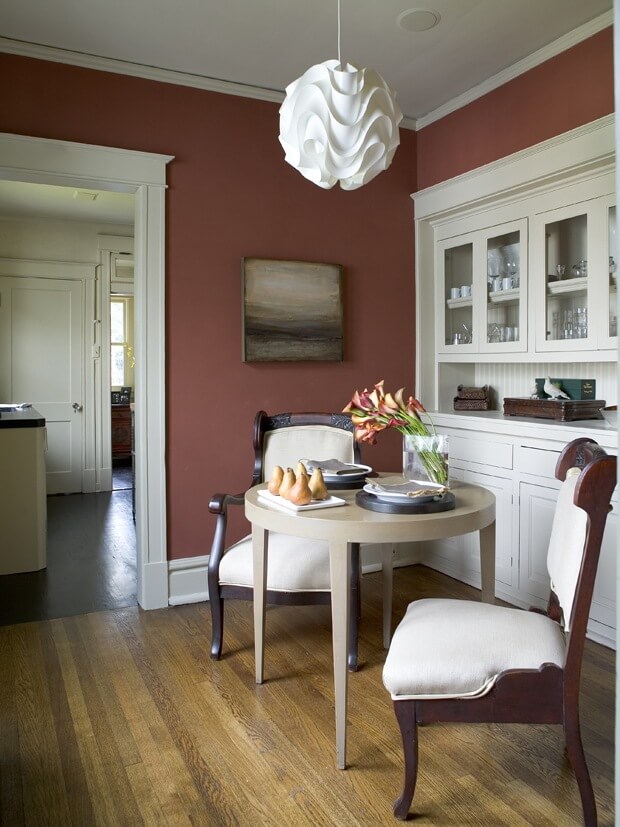
Timeless charm and aesthetic efficiency are the dominant themes in Jeff’s home. He stripped all of the trim work in the house down to bare wood prior to repainting to capture all of the original detail once covered with many layers of paint. And, Jeff has discovered that the large windows and multiple door openings, originally a necessity for cross-ventilation prior to air conditioning, now make for great circulation while entertaining and they keep the space light and airy.

Jeff says that when the home was purchased, the second-story porch was a major selling point. “It was like a treehouse shaded by a large sweet gum tree, which unfortunately was lost due to hurricane Elvis (2003).” Today, a young Autumn Blaze Maple stands in its place. “As its canopy gains size, the tree will shield our porch from western sun and provide privacy from neighboring houses across the street. The porch is a favorite of all guests, and tends to be the place people gravitate toward.”

The dining table and sideboard were handed down from Edward’s grandmother. Many of the other furniture pieces were inherited from his aunt. Dining room chairs and additional upholstered pieces were updated by Greg Baudoin of Ray & Baudoin Interior Design. He escorted a fresh, contemporary feel into the home with a crisp selection of fabrics, juxtaposing a touch of modern with the antiques that were passed down within Edward’s family.
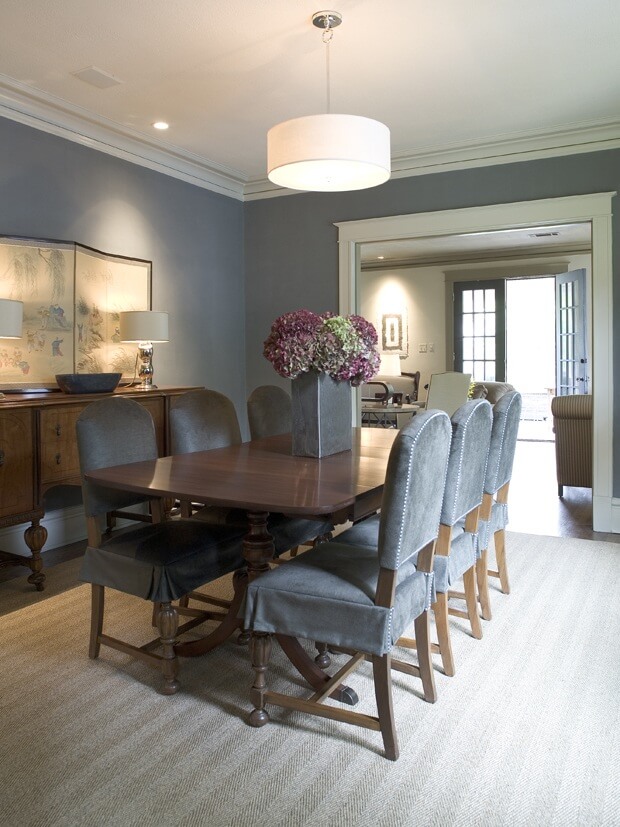
The kitchen was renovated after hurricane Elvis. To make more efficient use of space, the appliances were relocated. An alcove was created for the refrigerator to create a built-in look. Space was borrowed from what had once been a rear screen porch, and the stove was relocated from the west wall to the south wall to create a large hutch and expanse of counter space. Open cubbies were created for glass and serving ware. “This is convenient for entertaining, as everything is out where guests can find it,” Jeff explains. A radiator cover was integrated into the sink cabinet to make the most of counter space, “which once had been a short commodity.”

Custom teak cutting boards were fabricated by Old City Millwork. Concrete countertops in a dark color resemble soapstone and, at the same time, are a modern “green” material appropriate for a historic home. A monochromatic color scheme was chosen to unify the space and make it seem larger. The floor is the original pine subfloor, which would have originally been painted or covered with linoleum. It was refinished and painted a color and value similar to the countertop. What was once a back screen porch was turned into a laundry and service area.

While it is true that time itself cannot be found again, the preservation of this historic neighborhood, one home at a time, does recapture a glimpse of bygone days. The Evergreen Historic District Association and residents like Jeff send a message of hope, perseverance, courage and creativity to Mid-South communities.
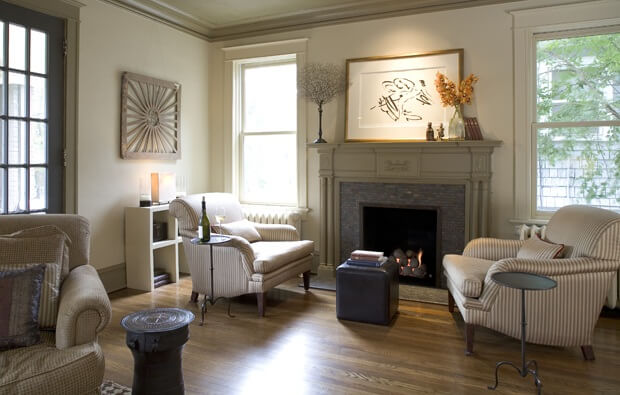
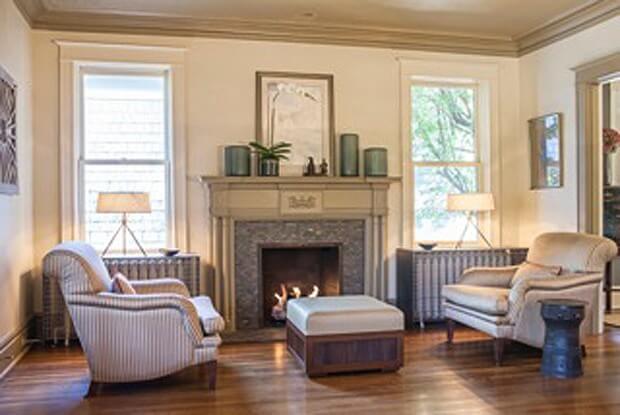
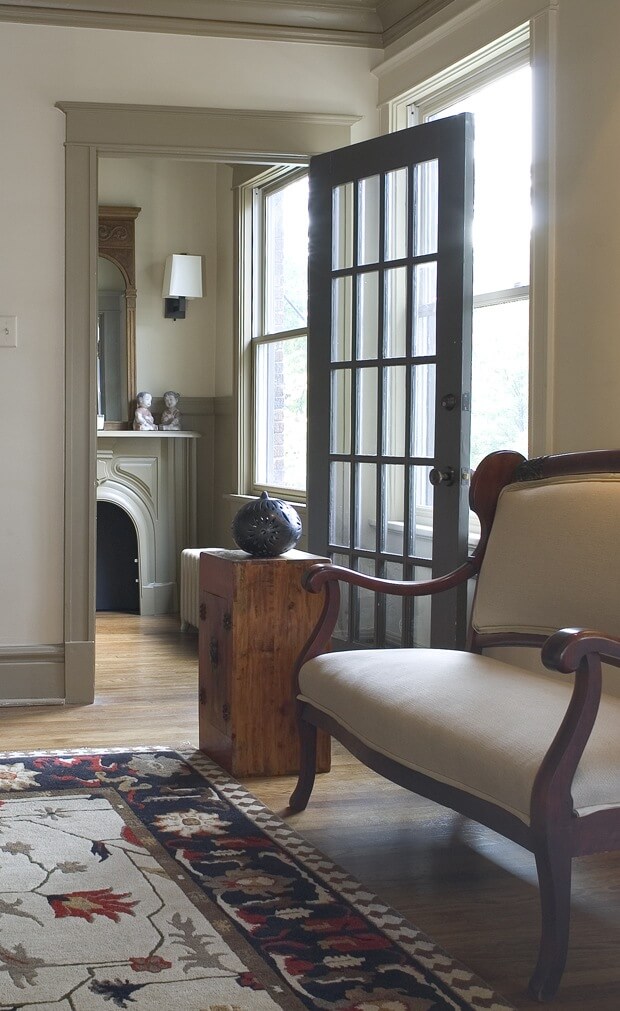
In designing his historic abode, Jeff did not go to extremes. He and Greg did not try to recreate one limiting period style, nor did they overwhelm the interior with excessively modern furnishings. Instead, they attentively redefined this home for today’s lifestyles without sacrificing the characteristics of its original state.
Resources:
Jeff Edwards, Carlton Architecture: carltonarchitecture.com
Greg Baudoin, Ray & Baudoin Interior Design: rb-id.com
Old City Millwork: oldcitymillwork.com
And, check out the portfolios of our two photographers for today’s wonderful images by visiting them online:
Photography by Julie Wage Ross at juliewageross.com, and photography by Jennifer Saltsman at peapiephotography.com.



















